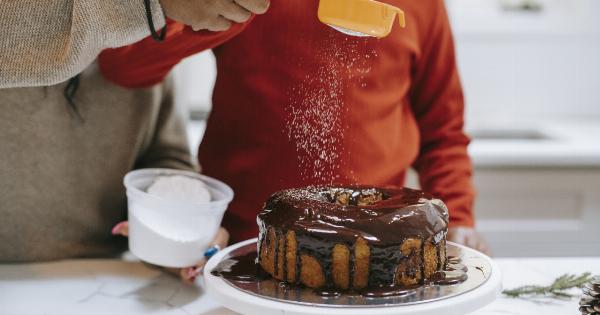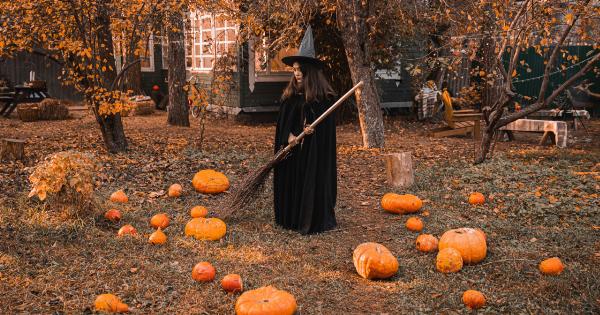During the holiday season, many people enjoy adorning their homes with festive decorations, including a brightly lit Christmas tree.
However, the excitement of decorating a tree can sometimes lead to careless practices, resulting in what is commonly known as the “Christmas Tree Syndrome.” This term refers to the various safety hazards and issues that can arise from improper handling, installation, and maintenance of Christmas trees. To help prevent this syndrome and ensure a safe and enjoyable holiday season, it is important to follow some best practices when it comes to selecting, setting up, and taking care of your Christmas tree.
1. Choose a Fresh Tree
The first step in preventing the Christmas Tree Syndrome is to choose a fresh tree. When purchasing a live tree, ensure that the needles are green, firmly attached, and do not easily break off.
Avoid trees with dry or brittle branches, as these are signs of a tree that has been cut for too long. A fresh tree not only looks better but also reduces the risk of fire hazards.
2. Measure Properly
Before bringing a tree into your home, make sure you measure the space where it will be placed. A tree that is too big for the room can pose safety risks and make it difficult to navigate around.
Measure the height and width of the area, accounting for any tree topper or stand that will be added to the height. This ensures a proper fit and prevents any accidents caused by an oversized tree.
3. Set Up in a Stable Position
Once you have chosen the perfect tree, it is crucial to set it up in a stable position. Use a sturdy tree stand that is appropriate for the size and weight of the tree.
Ensure that the stand can hold enough water to keep the tree hydrated throughout the season. Place the tree away from high-traffic areas, heat sources, and flammable materials to minimize the risk of accidents.
4. Water Regularly
To maintain the freshness and prevent the tree from becoming a fire hazard, it is important to water it regularly. A well-hydrated tree is less likely to dry out and become brittle. Check the water levels daily and refill the reservoir as needed.
This simple step can significantly reduce the risk of fire caused by a dry Christmas tree.
5. Secure the Tree
Once the tree is set up, it is essential to secure it properly to prevent it from tipping over. Use tension rods or wall anchors to secure the top of the tree to a nearby wall or ceiling if necessary.
This precaution is especially important if you have young children or pets in the house, as they may accidentally knock the tree over while playing.
6. Choose Safe Lighting
When it comes to decorating your tree with lights, opt for safe lighting options. Choose LED lights, as they produce less heat, reducing the risk of fire. Inspect the lights for any damaged wires or loose connections before putting them on the tree.
Additionally, always turn off the lights when leaving the house or going to bed to further minimize any potential fire hazards.
7. Practice Extension Cord Safety
If you require an extension cord to power the tree lights, make sure you practice extension cord safety. Use cords that are rated for indoor use and are in good condition.
Avoid overloading the extension cords with too many plugs, as this can lead to overheating and potential electrical hazards. Additionally, keep the cords out of busy walkways to prevent tripping accidents.
8. Maintain Adequate Distances
When decorating the tree, ensure that each ornament is hung at a safe distance from heat sources, such as candles, heaters, or fireplaces. This prevents any accidental ignition or damage to the ornaments.
Teach children and pets to admire the tree from a distance to prevent them from getting too close and possibly causing damage or injury.
9. Dispose of the Tree Properly
Once the holiday season is over, it is important to dispose of the tree properly. Dry trees should be promptly removed from the house, as they pose an increased fire hazard.
Contact your local recycling or waste management facility to learn about tree disposal options in your area. Avoid burning the tree indoors or in close proximity to your home.
10. Stay Vigilant
Lastly, it is crucial to stay vigilant throughout the holiday season. Regularly check the tree for any signs of dryness, damage, or potential safety hazards. Keep an eye out for any frayed wires, loose ornaments, or other issues that need to be addressed.
By maintaining a proactive approach to tree safety, you can prevent the Christmas Tree Syndrome and enjoy a joyful and worry-free holiday season.




























